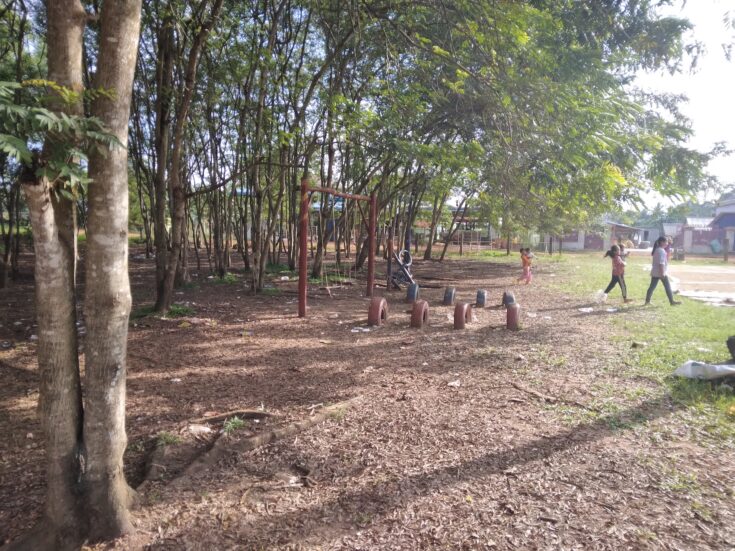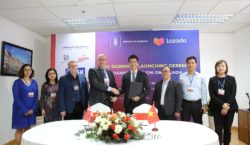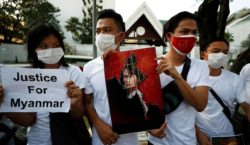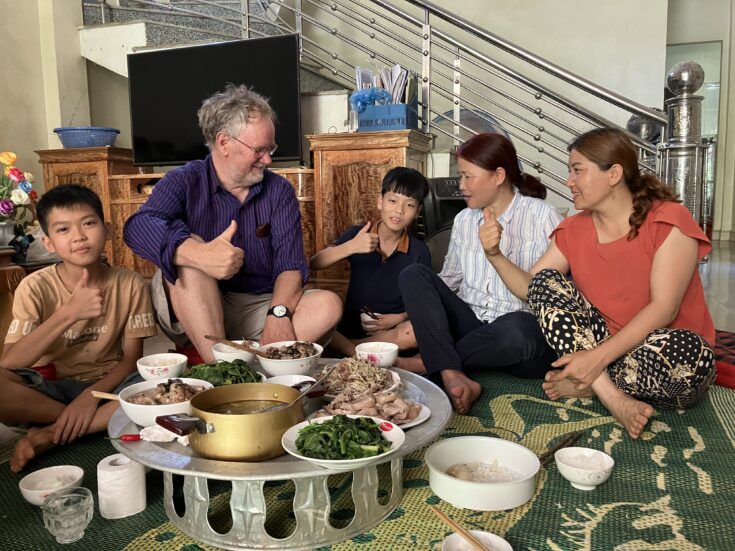
Danish TROFACO is a non-profit organization dedicated to environmental conservation, climate action and social development by planting trees. The organization operates primarily in Southeast Asia, focusing on initiatives that go beyond carbon capture in collaboration with Danish companies, NGO’s and private individuals, who wish to make a difference.
A journey from consultant to conservationist
Steffen Johnsen’s vision traces back to his former work as a consultant in the field of climate change and environmental conservation. Dissatisfied with the complexity, high costs, and lack of transparency in existing projects, Steffen and his team decided to create a simpler and more transparent model for climate action. TROFACO’s journey began in Cambodia in collaboration with DanChurchAid back in 2014, but the challenging landscape in the Southeast Asian country led them to explore new opportunities – latest in northern Vietnam.
“Climate action often involves calculating variables obtained from various sources. My favorite example is the evaporation of methane from waste deposits. You can’t measure it directly; you have to estimate it based on factors like temperature, etc. But trees, they are physically there, and their carbon dioxide content can be measured. So, we decided to create something simpler and more transparent by planting trees,” Steffen explains.
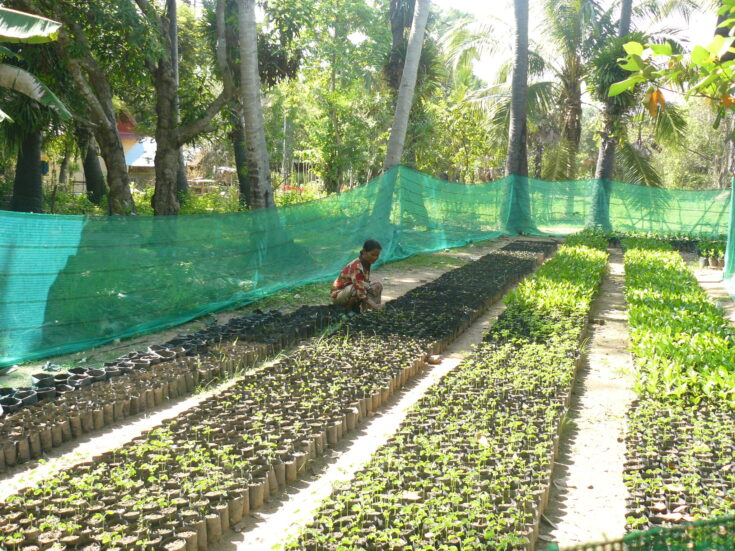
Transparency through technology
TROFACO’s primary clients are Danish companies and organizations that donate funds to plant trees. Through their donations the companies contribute to climate action, biodiversity conservation, and social development. TROFACO then often assist the companies in reporting their impact to the European Union, where the focus on these aspects is substantial.
“We have a monitoring system in place to track the progress of the trees and the impact they have on the environment,” Steffen tells.
The technological development has made it possible to provide incredibly concrete documentation of the planting projects and thereby make the impact of the clients’ donations more visible. This has allowed TROFACO to showcase the impact of their work in real-time monitoring and documentation, without relying on lengthy reports. This transparency builds trust and accountability, and is the key to what makes TROFACO different from other organizations in tree-based offsetting, along with their emphasis on planting new trees rather than merely preserving existing forests. This approach ensures a tangible and measurable impact on climate, biodiversity and local communities.
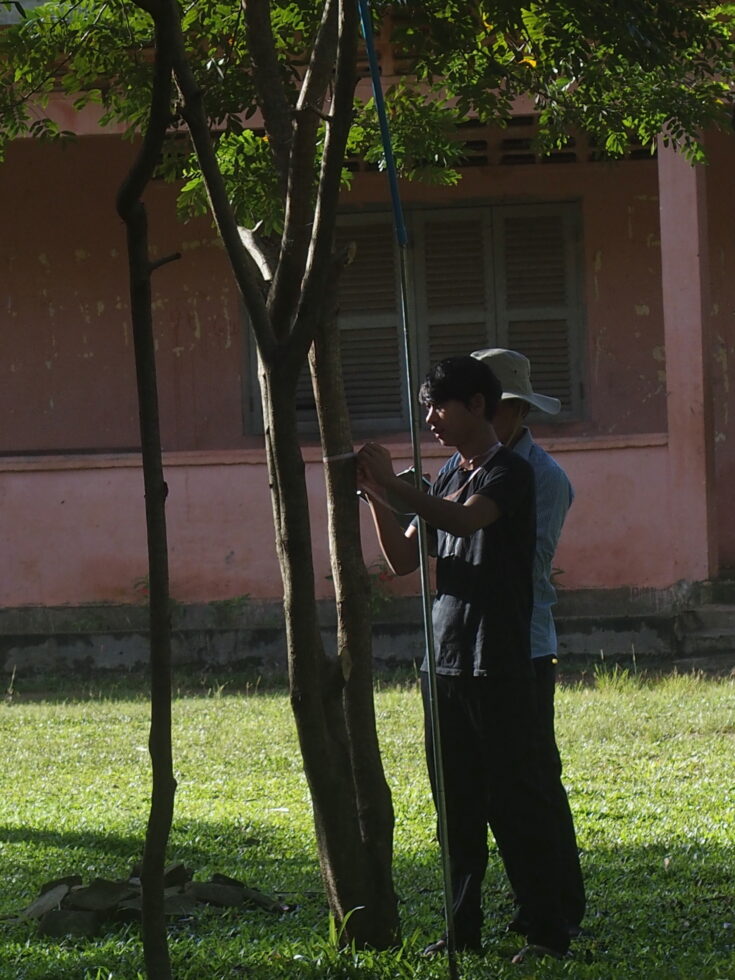
From Cambodia to Vietnam
Driven by a desire to expand their impact, TROFACO started by venturing into Uganda, a country most people recognize, after people often confused Cambodia with Colombia. Steffen highlights the many challenges of government collaboration and opposition in Cambodia, which led to their decision to explore new territories. Vietnam became their third, and so far most uncomplicated destination, as the organization thrives in the country.
“Now, we are mainly in northern Vietnam. Cambodia is quite challenging. There are many forces that are not so positive and could pose a threat to our work,” Steffen shares.
“My wife is Vietnamese, and I have worked in Vietnam a lot. I’m quite familiar with the country. So, we decided to try Vietnam, and it’s working excellently in Vietnam,” he then elaborates.
In Vietnam, the operation of TROFACO is still fairly new. The organization has so far managed to plant around 7,000 trees, all of which remain standing today. Their work in Cambodia is a slightly different story. Since TROFACO has been operating in the country for a longer time, the company has succeeded in planting hundreds of thousands of trees, thereby making a significant contribution to reforestation efforts. But due to some challenges in collaboration between local communities and authorities, some trees have been cut down. One of the main issues, that made Steffen and his team decide to focus their effort somewhere else. But even though their work in Cambodia has proved challenging, TROFACO still has a team on the ground, supervising the trees and looking out for possible spots for future planting projects.
“We have local teams. They visit the trees regularly to check their growth and health and provide training and support to the local communities,” he adds.
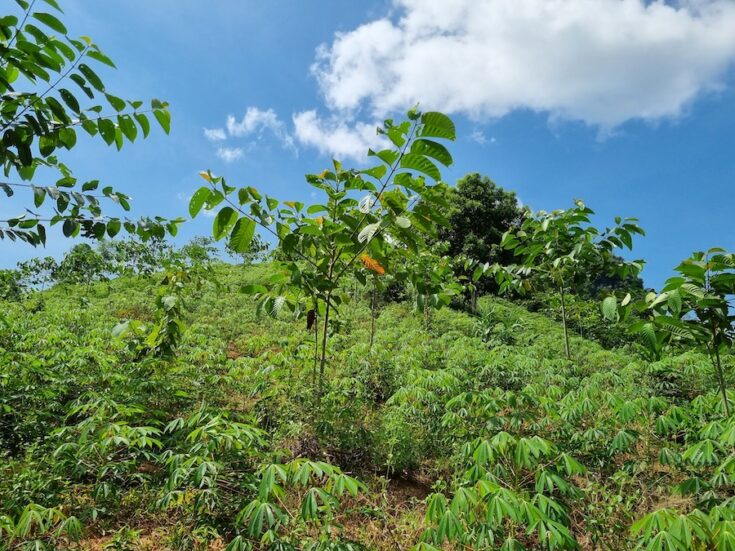
A sustainable model
To ensure the long-term survival of the trees, TROFACO employs different strategies in Cambodia and Vietnam. In Cambodia, they take an active role in tree care, while in Vietnam, the farmers who plant the trees have an interest in the trees well-being, as it is more of a personal investment for the farmers in Vietnam.
“In Cambodia we work with several schools to plant school forests. It’s a program for the schools to get a source of income. It works very well, and they are making money out of it, since TROFACO pays out rewards for good care. It’s beneficial for the community, for the school, for us and for the climate. In Vietnam it is different because the social environment is different. In Vietnam we work with the farmers to plant trees on their land,” Steffen shares, while emphasizing the importance of working closely with local communities.
To do so, TROFACO also collaborates with the Farmer & Nature Network, a national organization with local groups across Cambodia. By partnering with existing community groups with decision-making power and funding, TROFACO has ensured an approach that will help empowering local stakeholders.
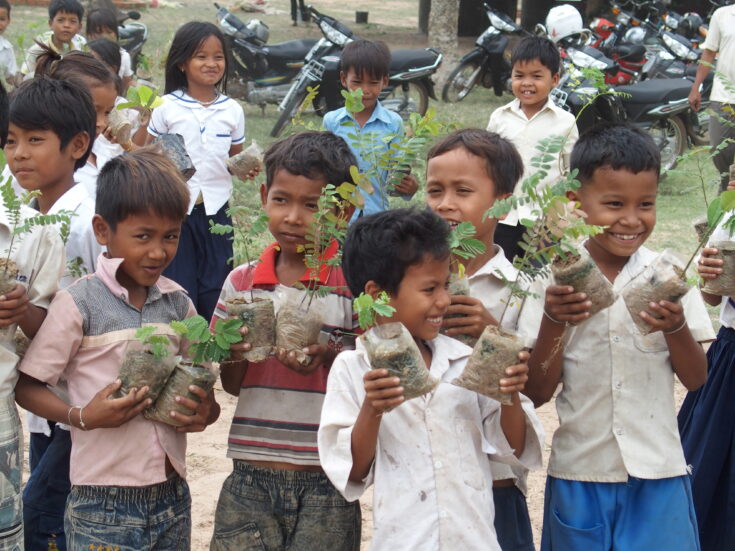
Making the most out of every tree
To make the most out of their projects, TROFACO attempts to adapt the tree species they plant to the local environment, to ensure that the trees thrive. In Cambodia, they plant mixed forests, including hardwood and fruit trees like cashew nuts. In Vietnam, teak and local mahogany trees are a popular choice due to their fast growth and suitability for the region.
“When we plant mixed stands, it’s not just about the carbon capture. It’s about creating a diverse ecosystem that supports various species of plants and animals. We aim to restore and enhance the natural biodiversity of the areas we work in,” Steffen elaborates.
With their work TROFACO exemplifies how a small but dedicated team can make a significant impact on climate action. The company has successful planted hundreds of thousands of trees in the Southeast Asian countries and thereby improved livelihoods for the local communities.
To learn more about TROFACO’s work and how you can get involved, visit their website: trofaco.org
